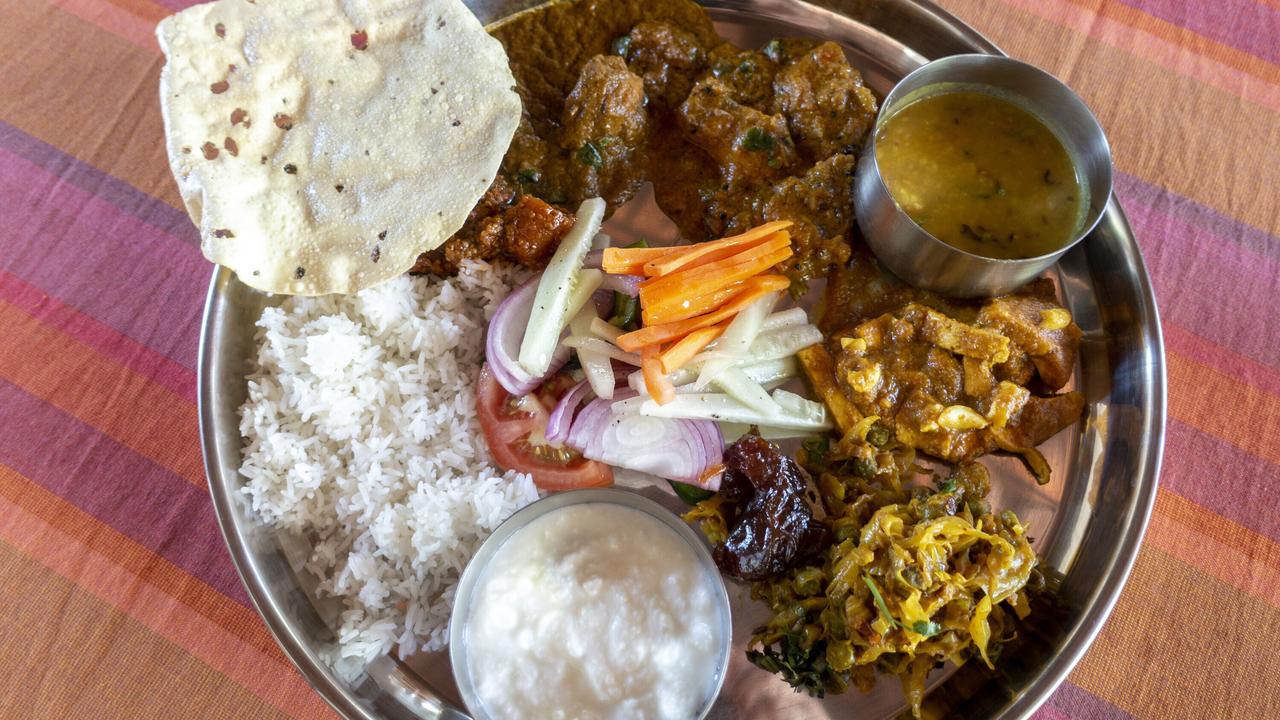Taste India
Indian food feels instantly familiar, full of spices and tastes that have made their way into dishes all over the world, from crispy samosas to comforting bowls of curry served over soft rice. It offers a rainbow of flavours ranging from warm turmeric, pepper and cumin, to fragrant coriander and cardamom; from creamy coconut to fiery chilli.
In essence, these dishes stay true to their roots wherever they travel, but many of the subtleties which make India’s different cuisines so vibrant get lost along the way. It’s only when you visit India for yourself that you really see how the traditional dishes of each region reflect their culture, location and history.
In the capital
Delhi’s bustling street markets display the true effervescence of the capital, with vendors from all over the country congregating to sell different snacks and delicacies. Take a street food tour to enjoy platefuls of steaming momos from stalls around Rajouri Garden market, crisp panipuri stuffed with spicy fillings, and comforting servings of chaat to go. If you’re looking for fine dining, you’ll find many of the country’s top restaurants here too.
Along the west coast
Cooking pots in Kerala are full of bounty caught off the state’s long coastline, bringing in plenty of fresh fish and seafood, as they are in Goa, which is also where the infamous vindaloo originates. Carry on up the west coast to munch on sev puri chaat in Mumbai, and sit at Gujarati tables practically heaving under a feast of vegetarian dishes seasoned with sweet and salty contrasts. Eat local, eat fresh, and follow your guide’s lead to find hidden treasures.
Regional delights
Wherever you stop in India, take time to savour the source of flavours that have made their way across the oceans. Feast on dal baati churma in Jaipur, wake up to sweet-spicy bedai and jalebi in Agra, and dine on biryani in Hyderabad. Eat idli sambar in Chennai, and rogan josh in Kashmir. The hot, dry spice of tandoori originated in pre-partition Punjab and remains a mainstay in the northern state of Rajasthan. Open your culinary mind, and don’t hesitate to try new dishes.
A plateful of flavours
And what if you can’t decide? Try each destination’s take on the traditional thali feast. These mixed plates offer a taste of a variety of dishes and sides, differing from region to region in all ways but one: the generous portions. You’ll certainly never get up from a thali meal feeling hungry!
Train travel in India offers the kind of immersive (and often frill-free) experience that we love, and the traditional railway boxes - aluminium thali trays full of varied local delights - are a particular highlight. Sometimes they are provided on board, while other times you order ahead and collect your box at the next station, and they are the ultimate travellers’ feast.
Vegetarian and vegan food in India
Vegetarian cuisine is easy to find throughout India, as many Indians follow a meat-free diet. Vegans may find things a little trickier, however, as dairy is common. Avoiding ingredients such as paneer and curd cheese might not be too much of a struggle, but you’ll have a hard time avoiding ghee, the clarified butter used as a base oil in most dishes. If you’re eating food cooked to order, you may be able to ask for the ghee to be swapped for vegetable oil. Some of the richer traditional breads, such as naan, are usually made with yoghurt, so opt for puri or roti instead if they’re on offer, but always double check the ingredients first as they may still contain ghee.
Gluten-free in India
India is definitely one of the easiest countries in Asia to eat gluten-free, as there’s widespread use of wheat-free flours, including those made from chickpeas and lentils. You can enjoy most sauce-based dishes (usual caveat - check first!) as wheat flour is rarely used as a thickener, and there’s always plenty of rice, grilled meat, fish and fresh vegetables on offer. Unfortunately, samosas and many traditional breads are out of bounds, but poppadum and dosa are made from rice and lentil flour, and are usually gluten-free.
Eating with kids in India
Some children will chomp through spicy dishes without a problem, but many like things a bit milder, and it might be reassuring for travellers to know that many Indian youngsters prefer milder foods too, so there’s likely to be something on the menu that the little ones will enjoy. There’s always rice and bread, eaten plain or dipped in mild, creamy sauces, as well as skewers of tikka meats and paneer, or plates of fried fish.







